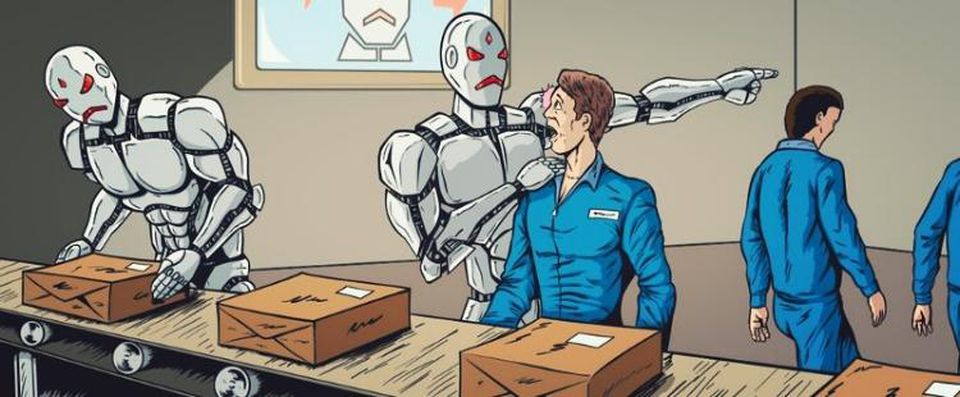Last week, while reading the news, one article in particular got my attention. I stumbled upon the following article, ‘Albania makes AI minister of contracts in battle against corruption‘ (Article is in Dutch). In short, the Albanian government has decided to make one of its ministers an AI agent, visualized by a woman called Diella in traditional Albanian clothing, to battle the widespread corruption in the country. The main reason would be that Diella would not be tempted by bribes, scared by threats, or have any conflicts of interest. Diella would be totally objective when deciding which firms get government contracts.
I think this is an interesting strategy to avoid corruption, but I did immediately identify some glaring issues. My main concern was who the person responsible for the AI’s ministry would be, whether there would still be a human overseeing its operations, or whether the AI would be the highest in command. It highlights a new ethical issue: can AI be held accountable for its own actions? Ministers should be held accountable for any mistakes and issues that occur under their management, but can we hold a bot to the same standards, and if not, can we still allow AI to be in such important positions without any accountability? I think this dilemma of responsible usage of, and even substitution by, AI will be an incredibly important topic in this age of unprecedented digital disruption.
The premier of Albania, Edi Rama, also did not provide any details about how the AI will be trained and how potential bias in its training and oversight will be mitigated.
I think that the lack of transparency and accountability, at least up until now, could actually lead to better disguised corruption, hidden by a cloak of in-depth technological know-how, that only a few people will be able to understand and dissect. The public will no longer be able to easily understand the decision-making process behind government contracts worth millions.
I would love to hear your thoughts about the accountability of AI and the effect of an AI minister on corruption in the government. Let’s discuss!






